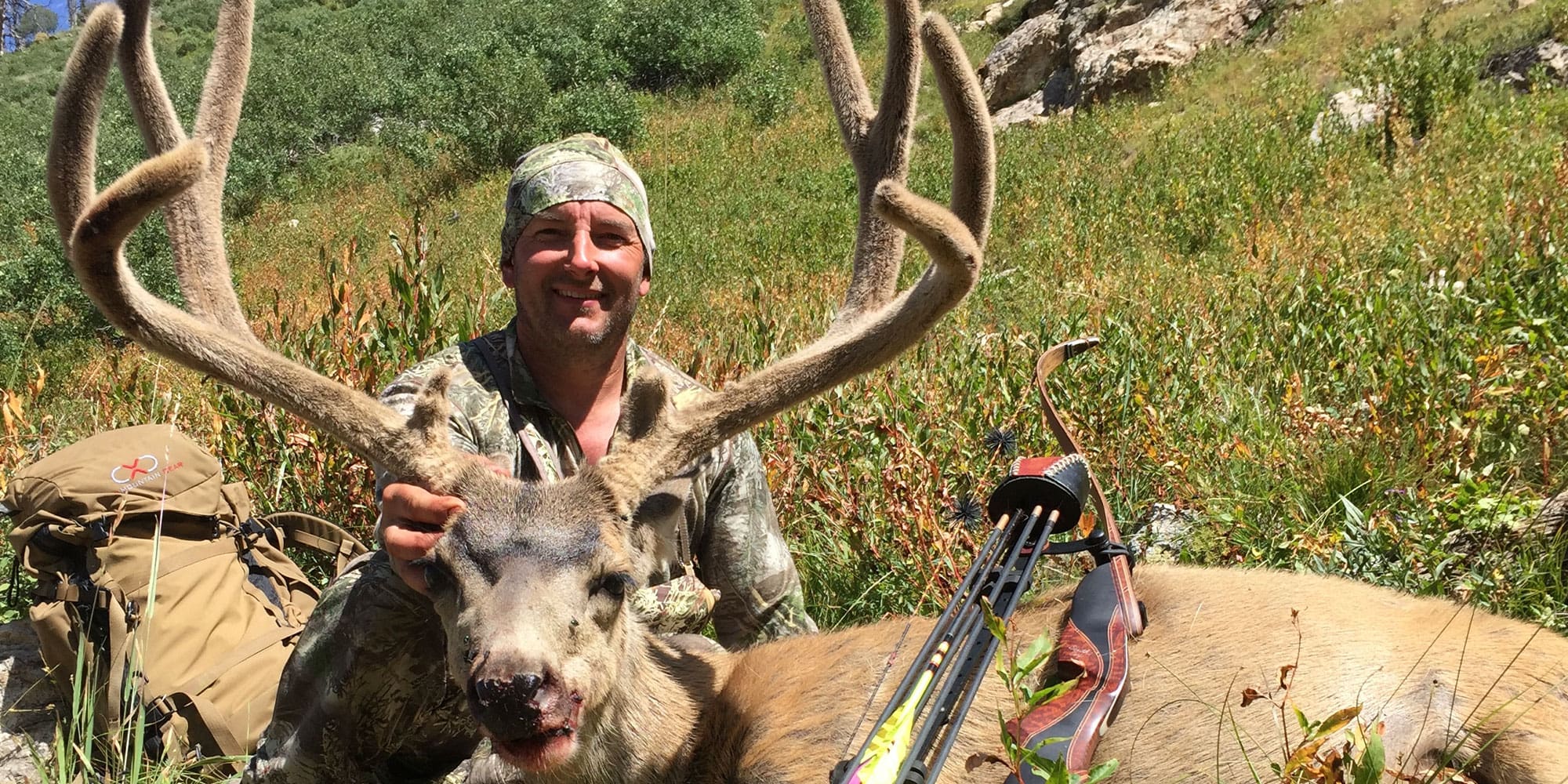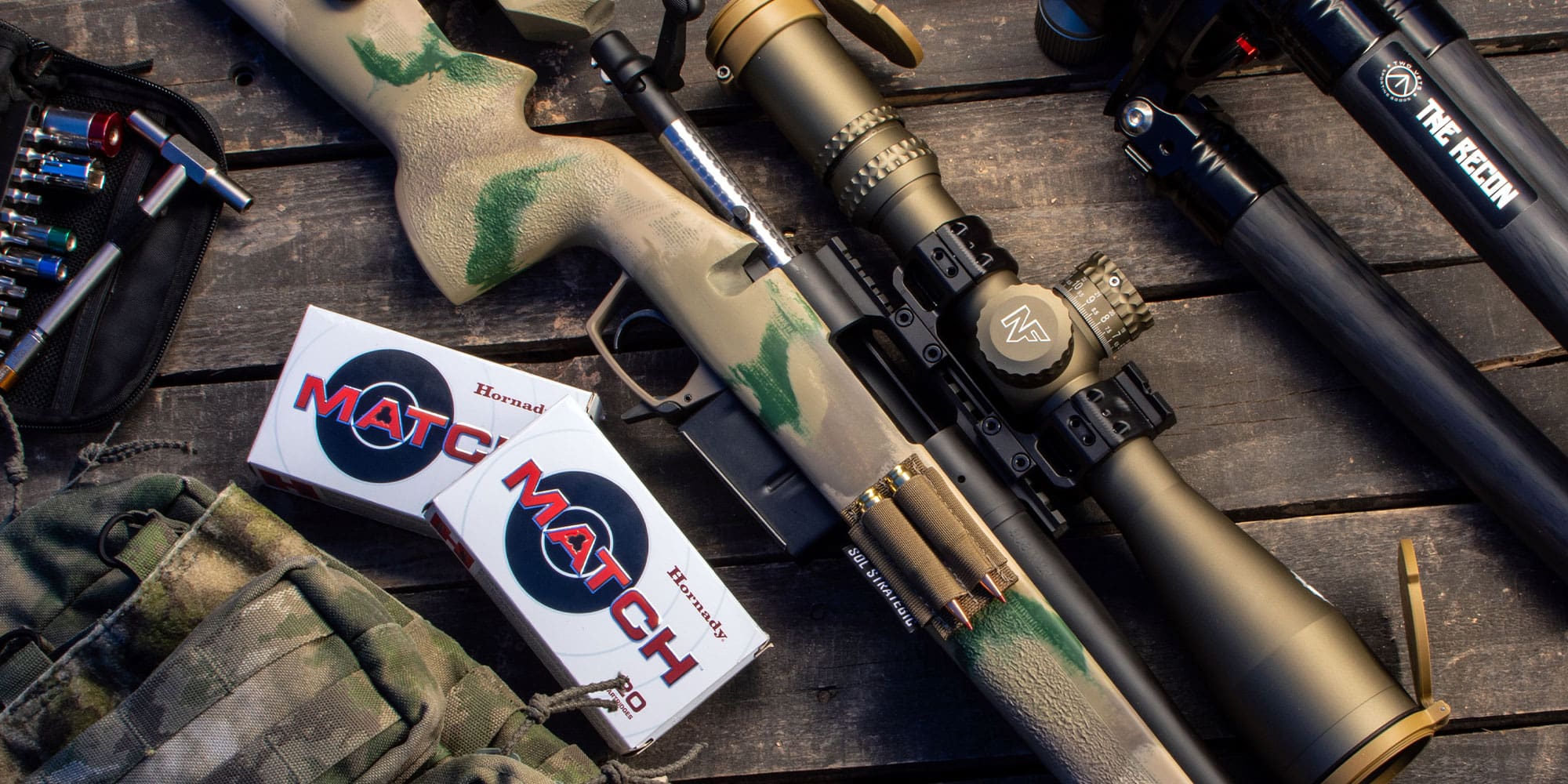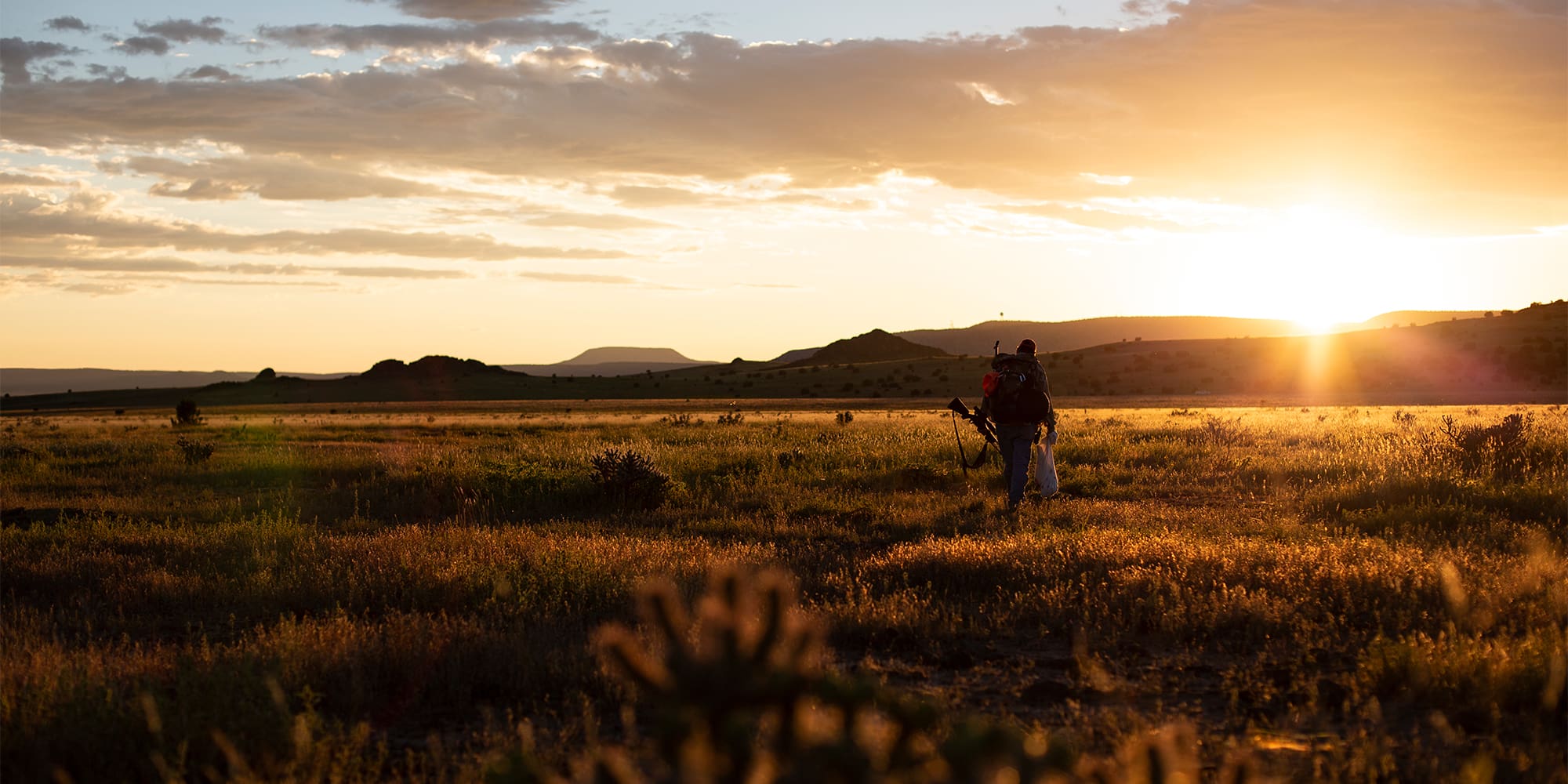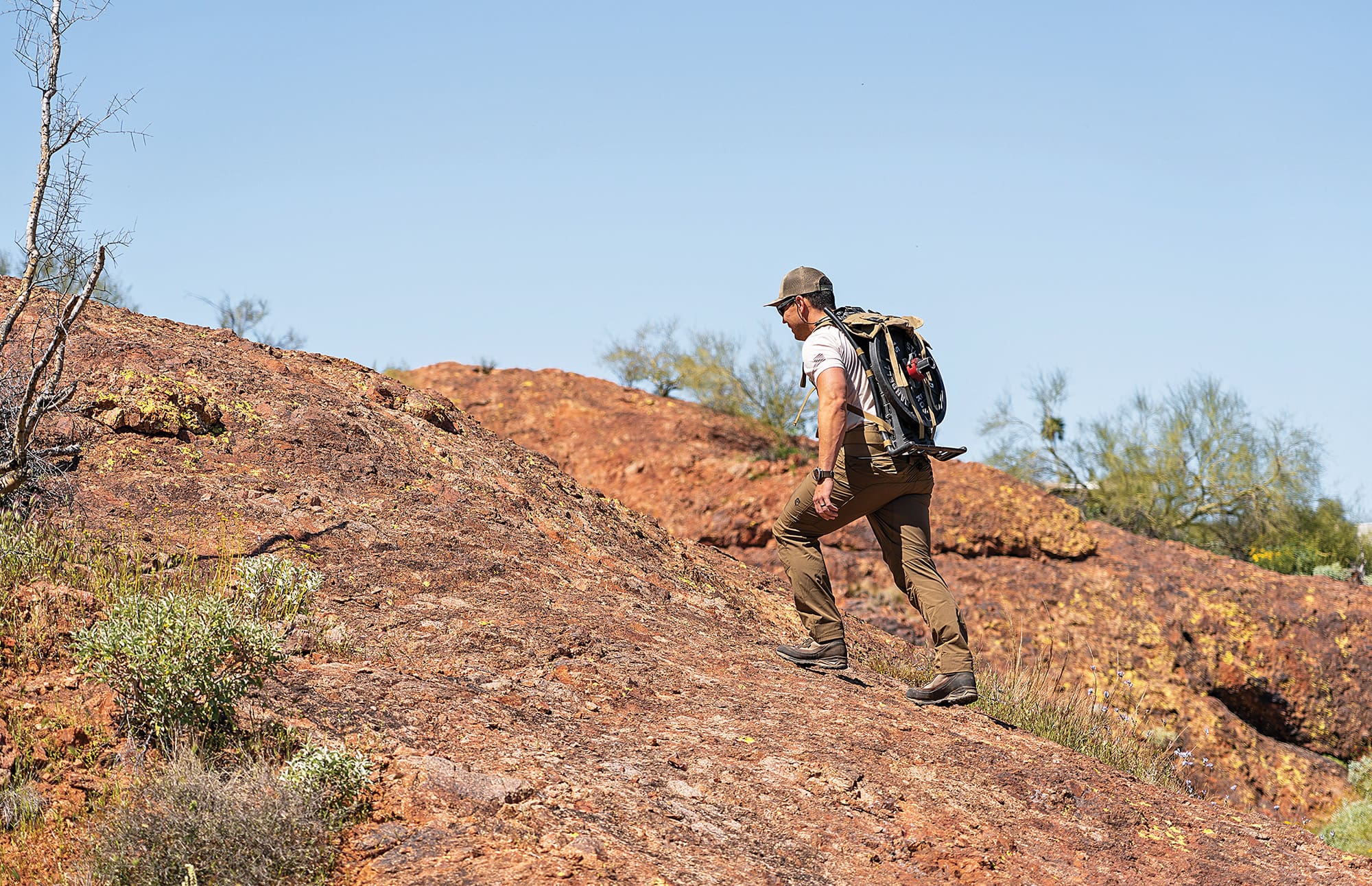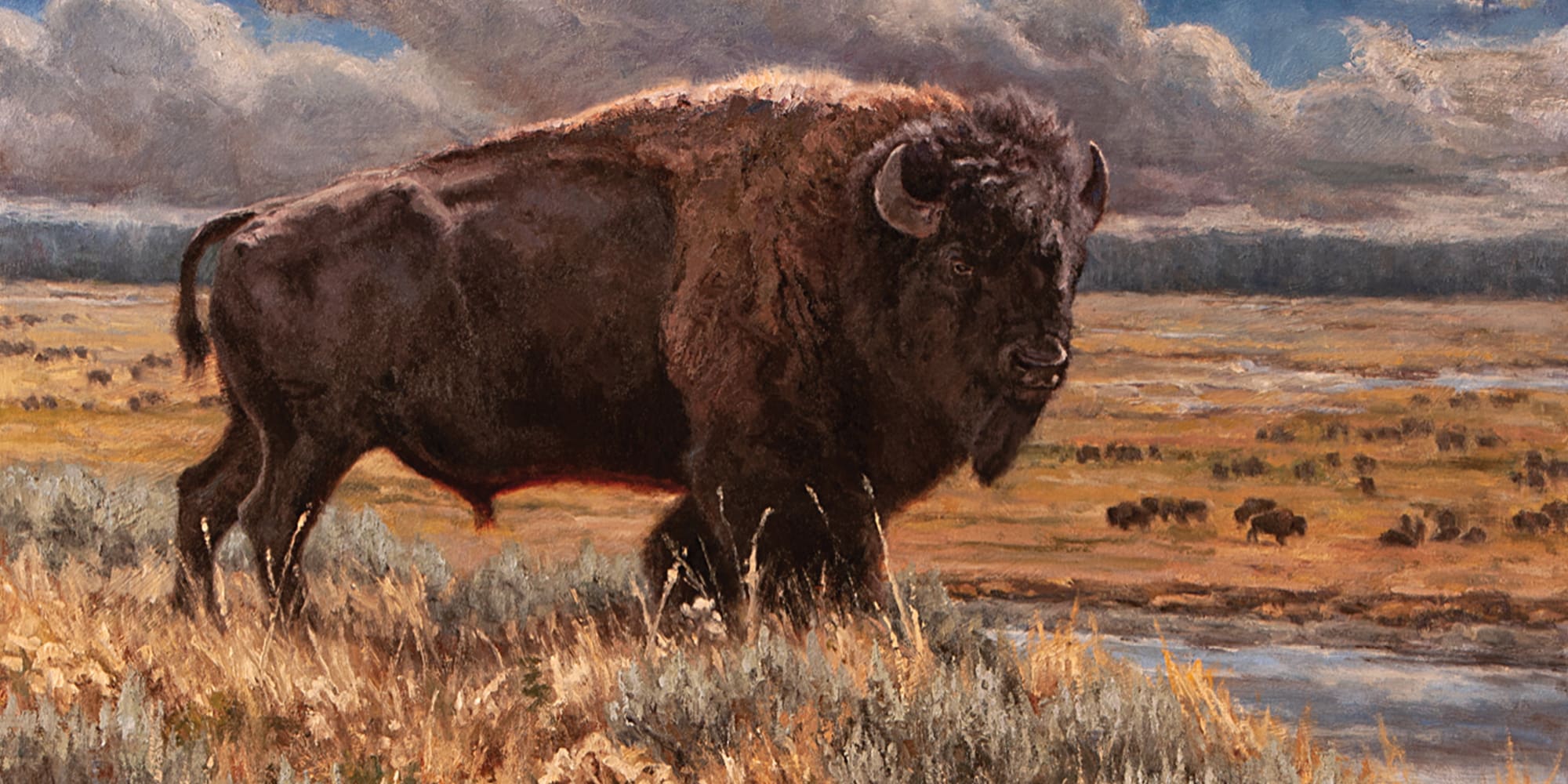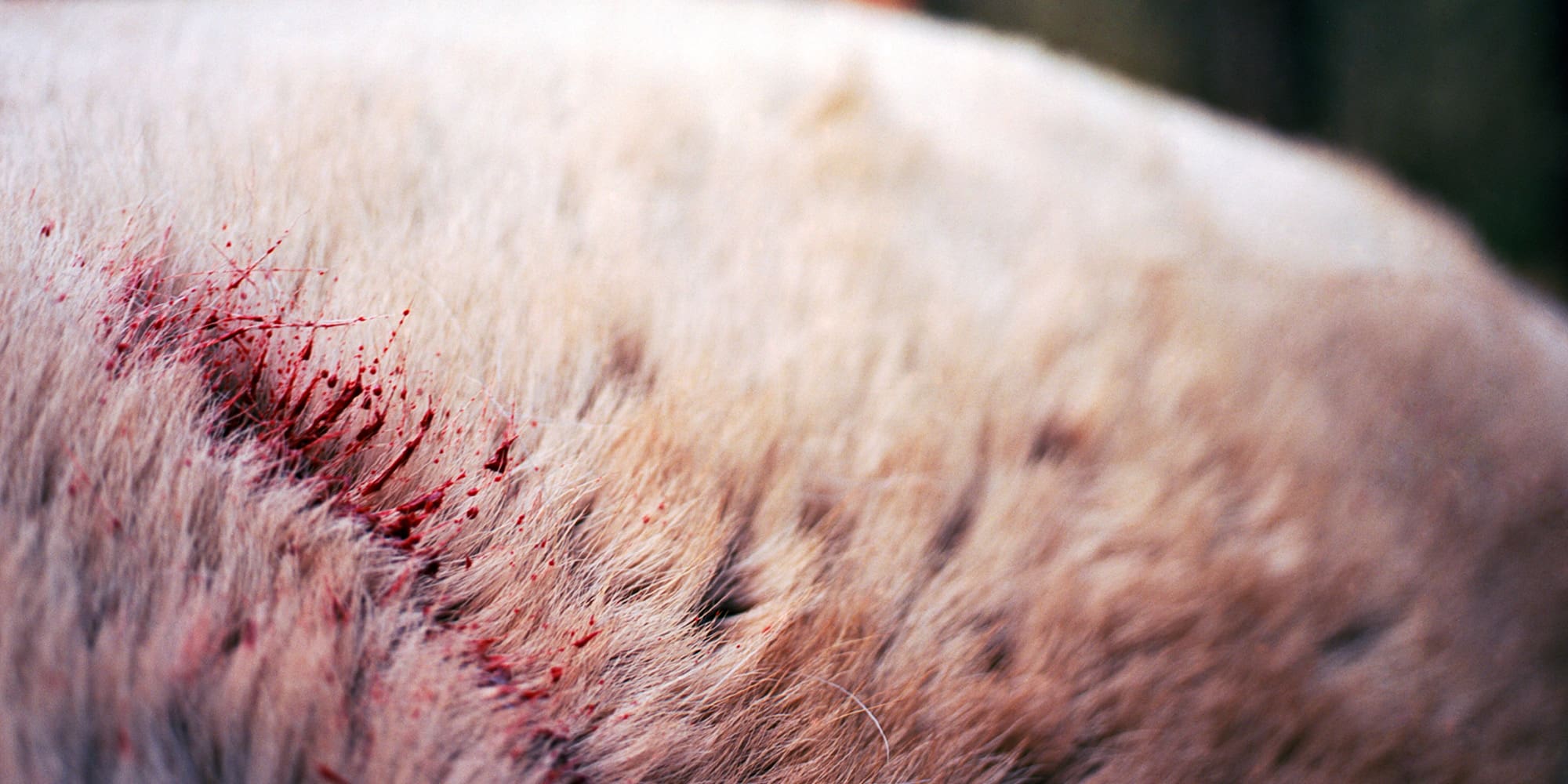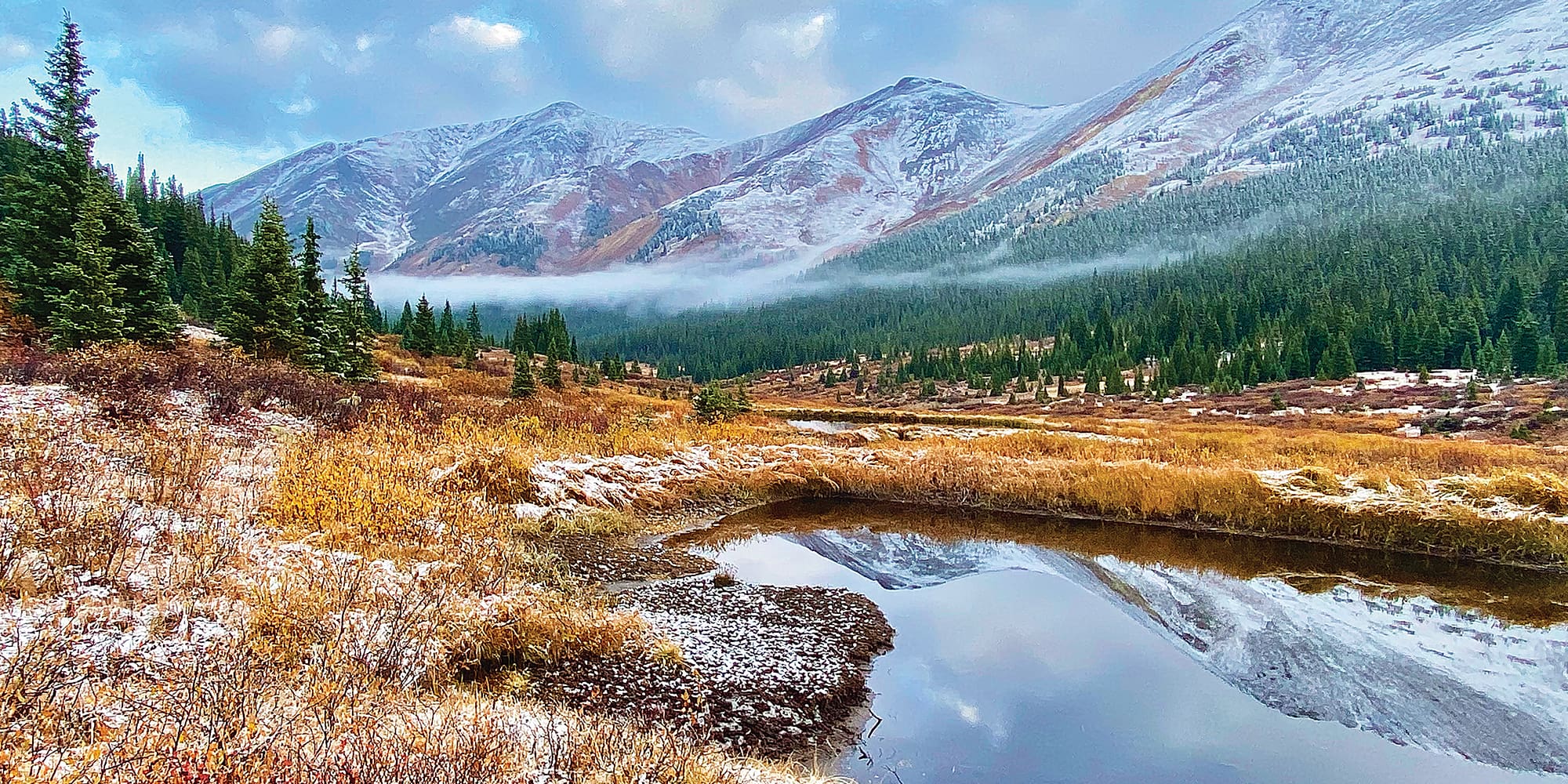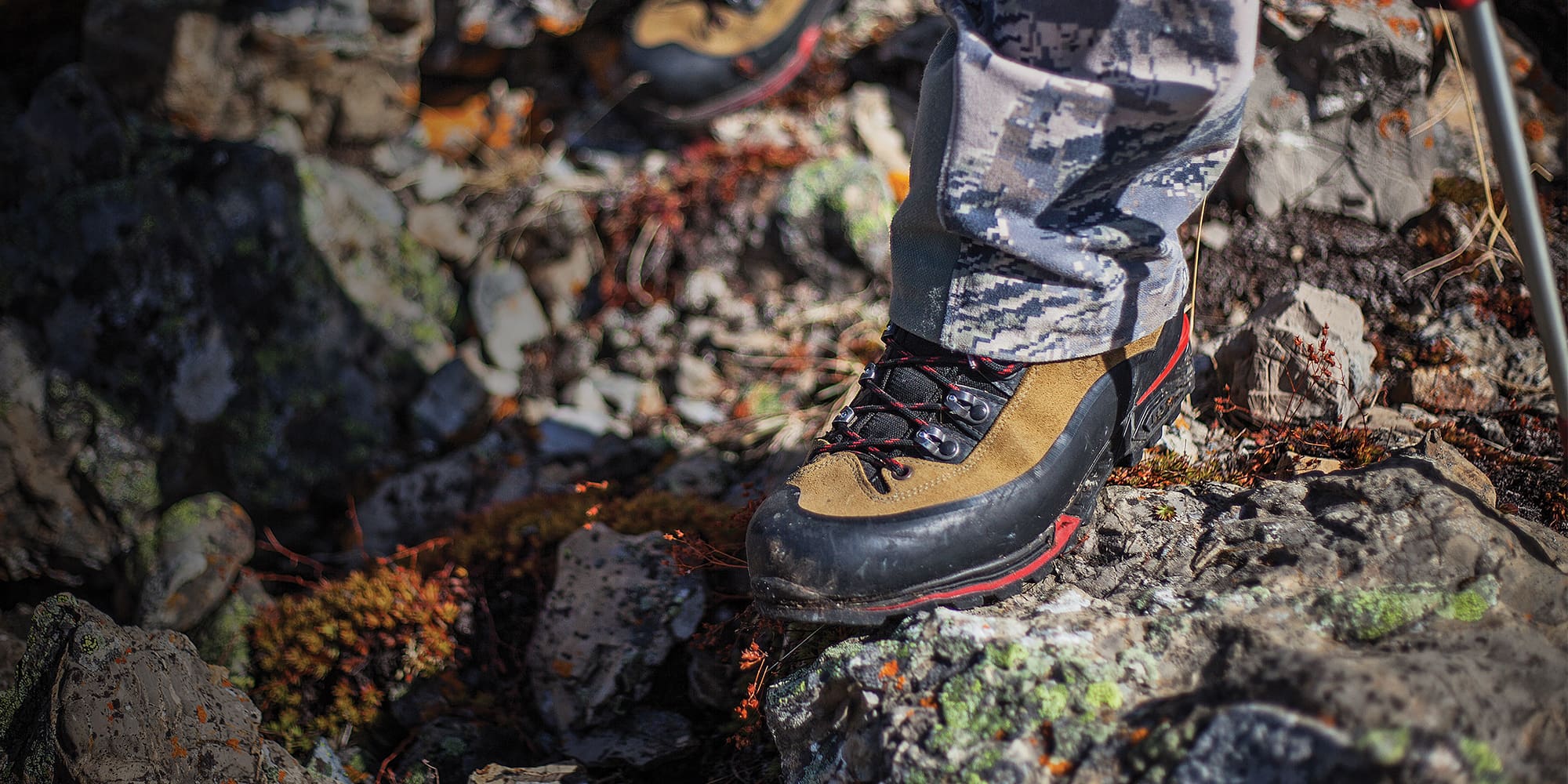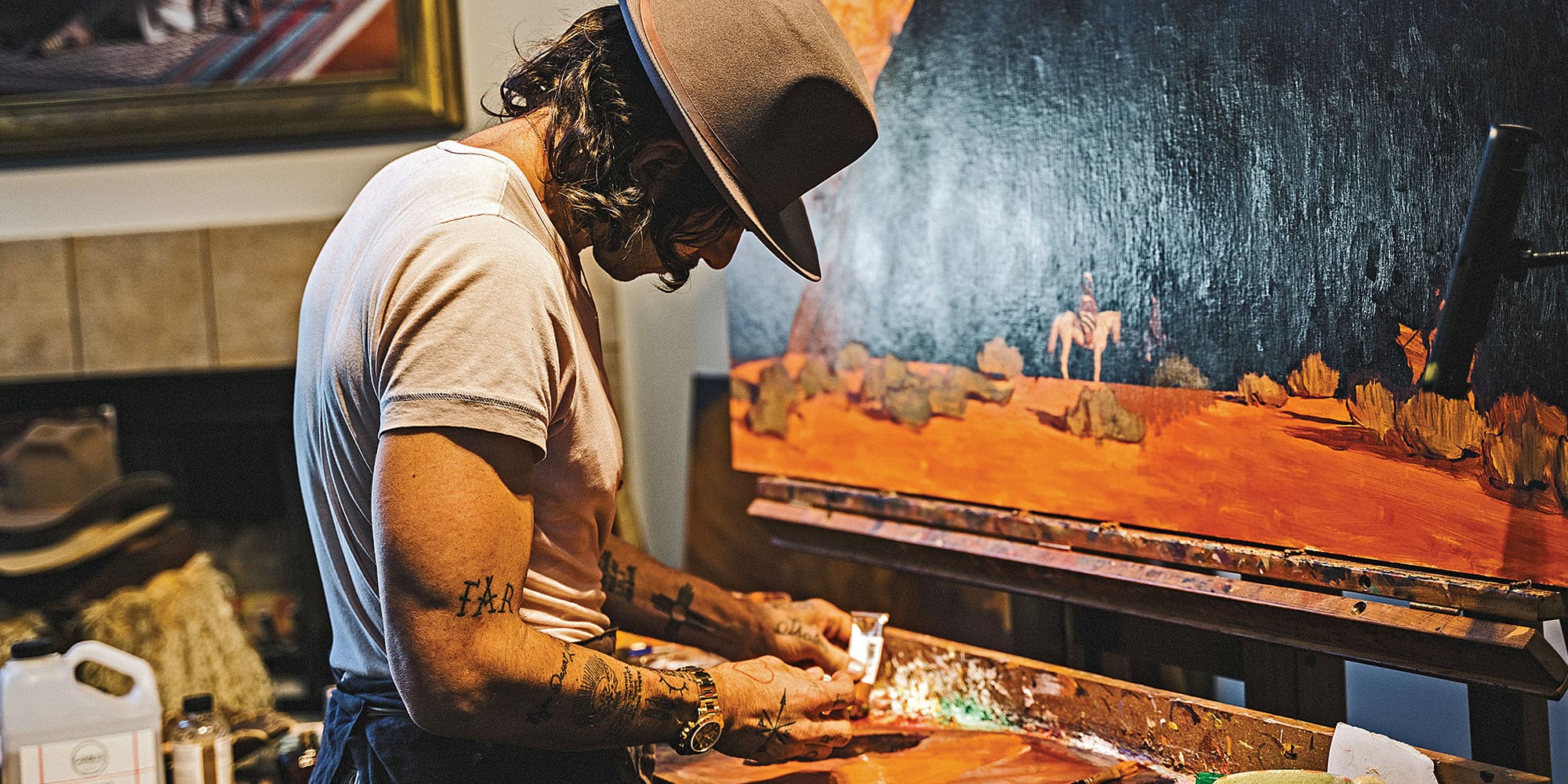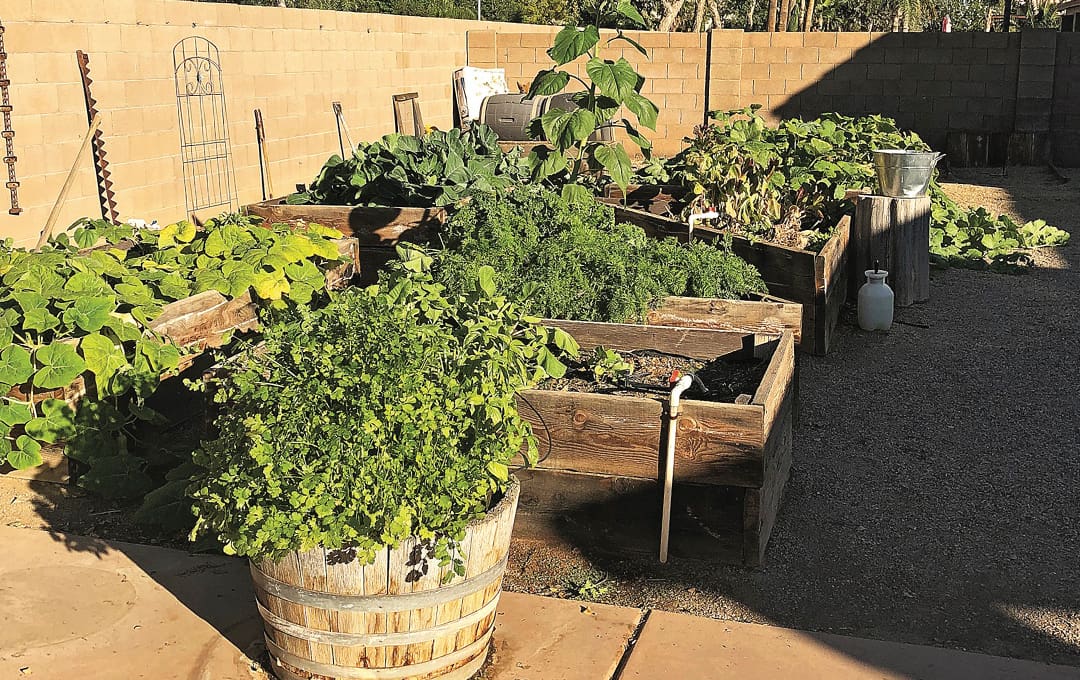
NOTICE: Certain links on this post may earn a commission for Western Hunter Magazine from Amazon or our other affiliate partners when you make a purchase. Thank you for your support.
Its Time To Get Gardening
It may strike you as odd that I am writing an article about gardening in a hunting magazine. The fact that I enjoy gardening is not a surprise to those who follow me on social media; I have posted more pictures of carrots than I have of bull elk. I find that gardening provides time for reflection and a sense of accomplishment much like hunting, as well as a year-round connection to my food.
There are many reasons why we hunt, but pride in the quality of game meat is one of the most important. I love to garden for the same reasons. Planting a seed, watching it sprout, tending it to maturity, and then harvesting it for the table is incredibly fulfilling. Last year, in one of my best hunting seasons ever, I tagged or helped tag eight big game animals but I harvested 16 different varieties of vegetables from my garden! I am half-joking since harvesting some carrots is not the same as tagging a six-point bull, but it is pretty dang cool to serve them on the same plate.
Don’t Just Survive…Thrive
The similarities don’t stop there. Just like the nutrient density of store-bought meat doesn’t even compare to wild game, the quality of store-bought vegetables is not even close to those grown in a garden. One of the biggest reasons is that vitamins begin to degrade immediately upon harvest. For example, studies have shown that 40-80% of vitamin C is lost within three days of harvesting broccoli. This combined with mineral-depleted soils means the quality you can expect from the grocery store will be marginal at best.
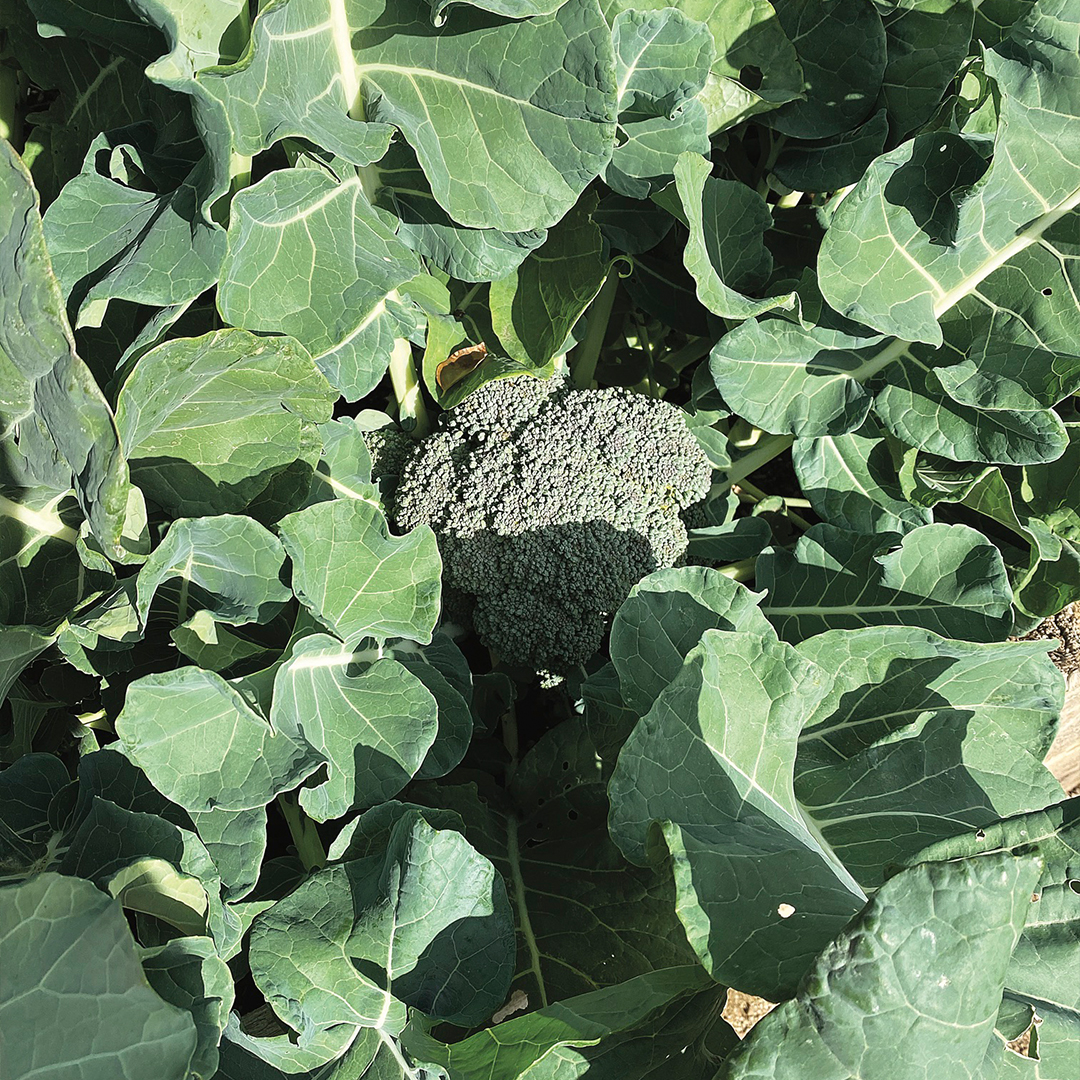
So why not just eat more vegetables to make up the difference? Here is the problem: the brain sends signals that it is time to eat when its nutritional needs are not being met. A big plate of food may fill your stomach, but before long the brain figures out that a full belly is not delivering necessary nutrients, so out goes the signal to eat again. Granted, this is a very simplified version of the real biofeedback mechanism, but if you consume foods with a higher nutritional density, you can more easily resist the temptation to overeat.
Getting Started
If you are new to gardening or have moved to a different climate from your last garden, I highly recommend you check your local USDA cooperative extension service’s website. This government agency was founded over 100 years ago to improve the quality of food production in the US. From the onset of the Great Depression and into WWII the extension service branched out to assist home gardeners. Every county in every state has its own set of growing conditions and soil types. Your county extension service will have specific advice as to which fruits and vegetables will thrive in your area and what time of year you should plant them.
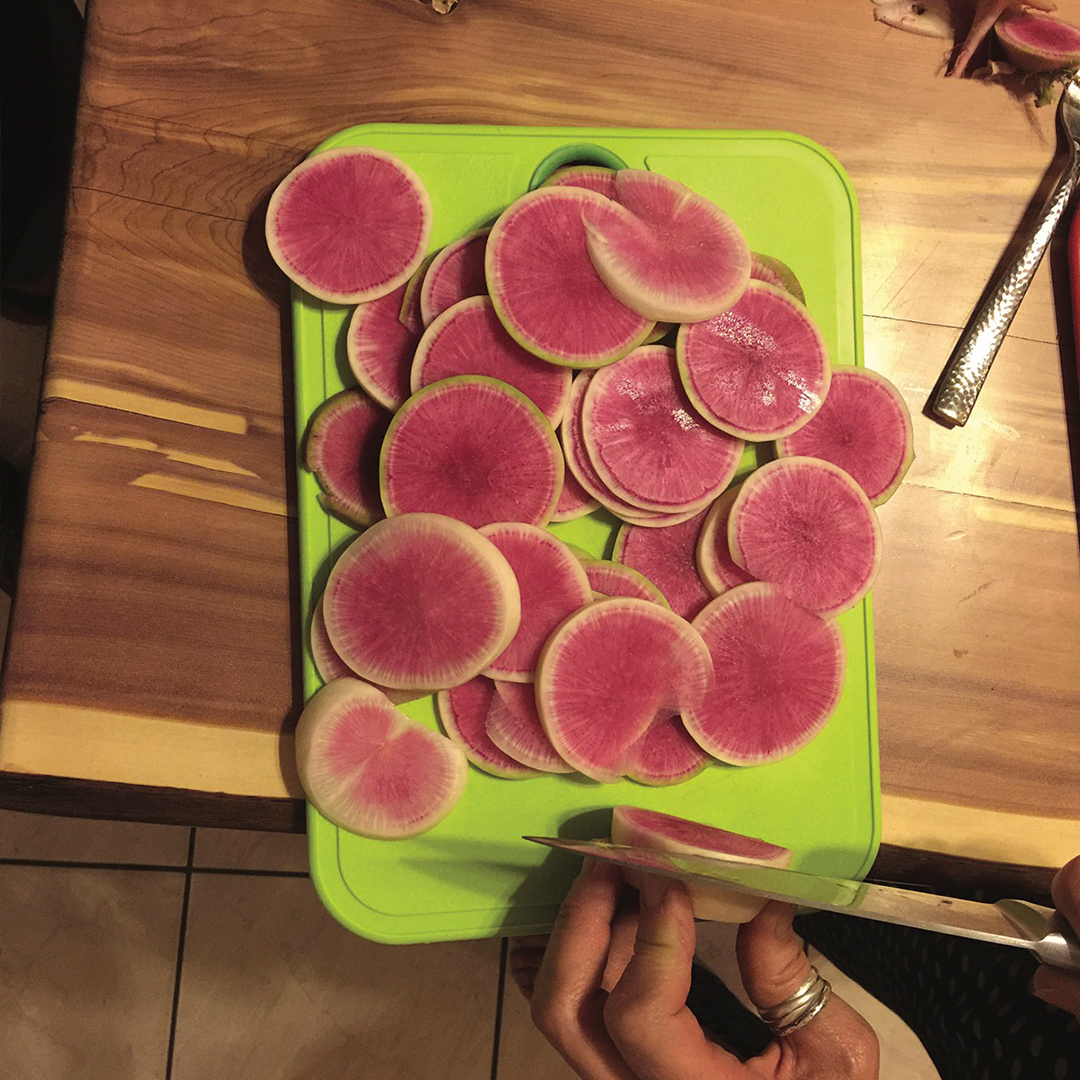
My mom always had a backyard garden. We grew tomatoes and various other vegetables that I never ate, but I learned to enjoy the process. When my wife and I bought our house 23 years ago, I designed the backyard with a small garden area about 12’x16’. About six years ago, after the kids moved out and the last dog died, I decided I was tired of watering and tending inedible greens. I tore out all the grass and brought water up from each pre-existing sprinkler head. I then found a pile of old lumber on Craigslist from a restaurant that had been torn down in the ’70s and with my son Mark’s help, built a planter box next to each of the water pipes.
Granted, my garden might be a little extreme, but it took me 50 years to get there. With only a few pots or a small ground garden, you can grow a significant amount of food. I always have at least one planter box that I call the “salad box”, in which I grow lettuce, radishes, kale, and carrots. This one box will grow enough for a full dinner salad each night for 6-8 weeks. Tomatoes grow extremely well in pots, and with caster wheels, they are easy to move into the sun or out of the hail if necessary.
Raised garden beds, while not necessary, make everything about gardening a little bit easier. Planting, thinning, and controlling weeds are all less work when you don’t have to get down on your hands and knees. You can fashion your own, as I did, or there are dozens of online options. Many local 4-H clubs are building planter boxes as fundraisers as well. A few minutes on a Google search will deliver dozens of solutions.

If you live in the desert southwest or like to tend to take weeklong vacations during the growing season, I highly recommend you look into an automated watering system. Drip systems are an up-front cost but they last for many years if you take care of them in the off-season. The big-box stores like Home Depot have everything you will need, but if you find a business that specializes in irrigation supplies, you may be able to get to know a salesperson with more expertise which will save you much time and money.
Fertilizers and Pest Control
The word “organic” has been so abused that we tend to ignore its meaning. In reference to gardening, “natural” is a more descriptive term for what I am trying to do. I don’t use, and definitely don’t recommend the use of commercial weed killers and pesticides. I know there are studies after studies verifying these products as safe, but there are multiple more natural solutions that are guaranteed safe. For weeds, I pull them. Even with my large garden, 10 minutes a day or an hour a week is all it takes to keep the garden weed-free. My wife is in charge of insect control and she takes no prisoners. Between Google and Amazon, she identifies the culprit and stages executions that are dangerous only to the pest.
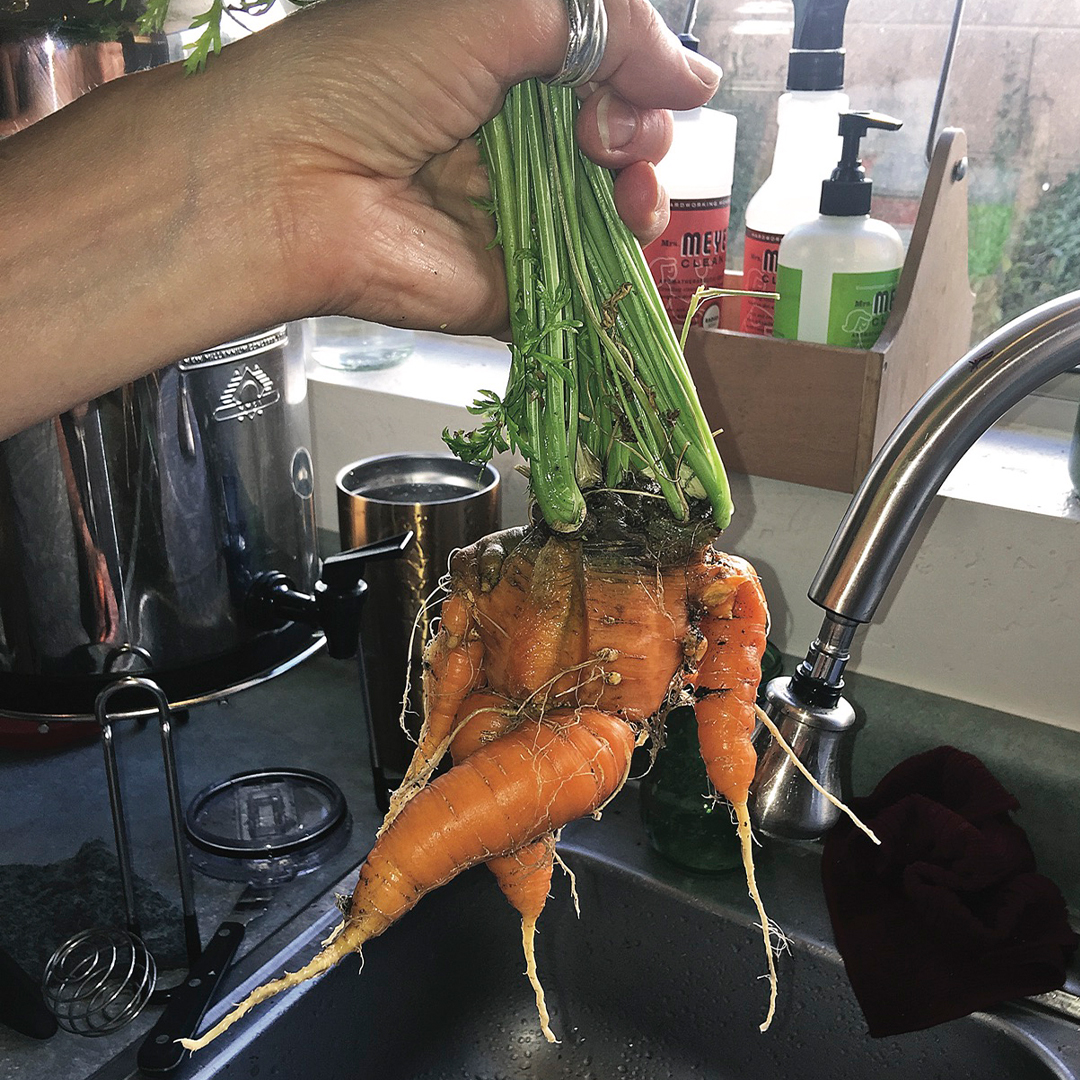
Composting is an excellent way to maintain the quality of your soils. Only a small percentage of a plant is actually consumable, but the rest of the plant has absorbed valuable minerals from your soil. By composting these parts, and careful fertilization you will be able to maintain fertile soils year after year. My philosophy is “if it grows in my garden, it stays in my garden.”
What Not To Do
Don’t be afraid to plant too many seeds when you start. The seed packaging will have some good recommendations but until you gain some experience, you may not get the best results.
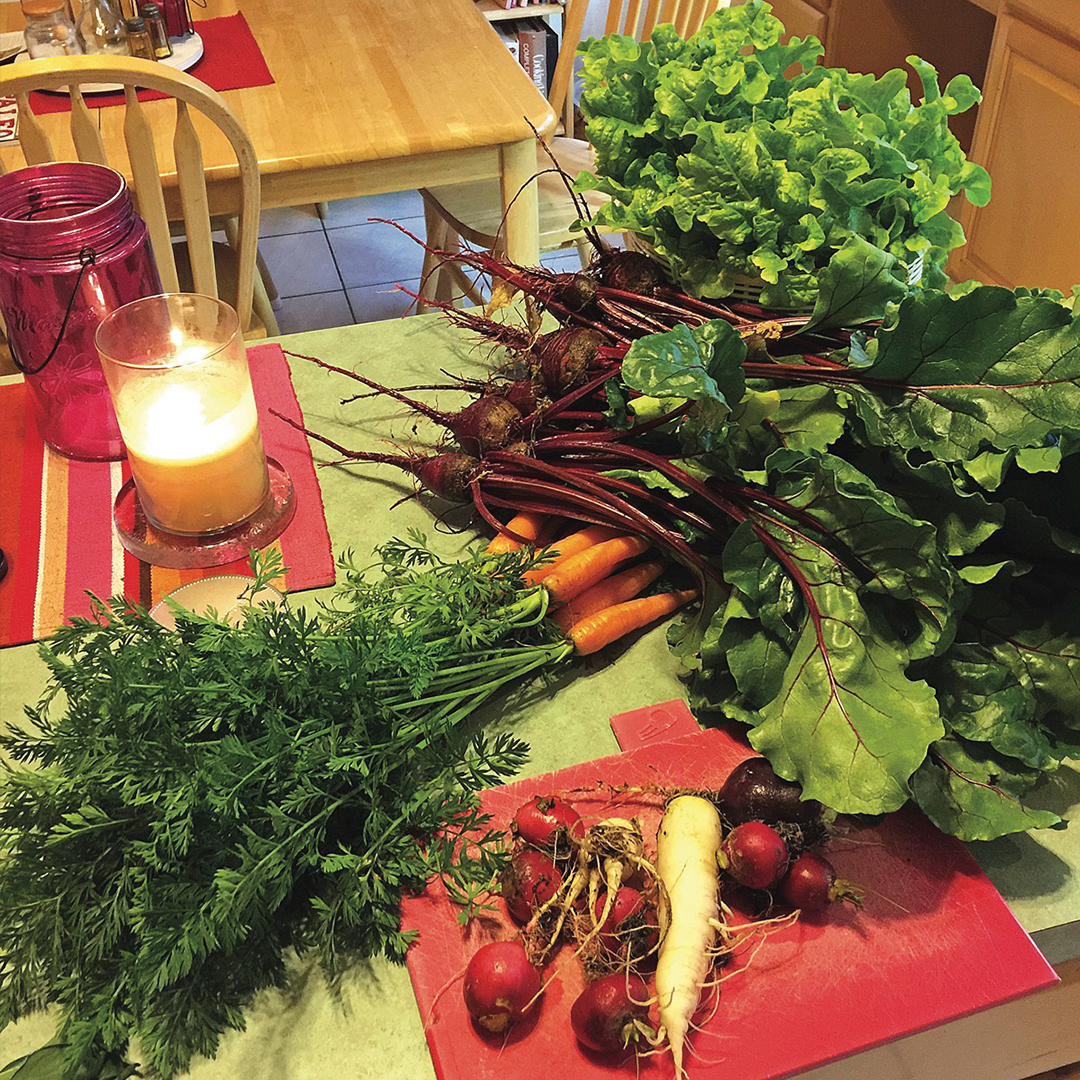
If you do have very successful germination, be prepared to thin the new sprouts aggressively. If vegetables are allowed to mature in a crowded environment, they will fight for nutrients and sunlight, resulting in stunted edibles. It is also difficult to monitor watering levels and insect activity in a crowded garden. I am preaching to myself on this topic as I struggle to pull perfectly viable plants, but it needs to be done.
Get The Family Involved
Gardening is a good life lesson. You have to prepare the soil, plant the seeds, pull the weeds, irrigate and harvest before anything reaches the table. This level of commitment and acceptance of delayed gratification is a valuable lesson for adults but is monumental for children. If you want to see a child’s face light up, let him/her pick a watermelon and cut it for them on the spot. I truly believe this is an invaluable step to understanding where our food comes from, with the natural next step being harvesting an animal.
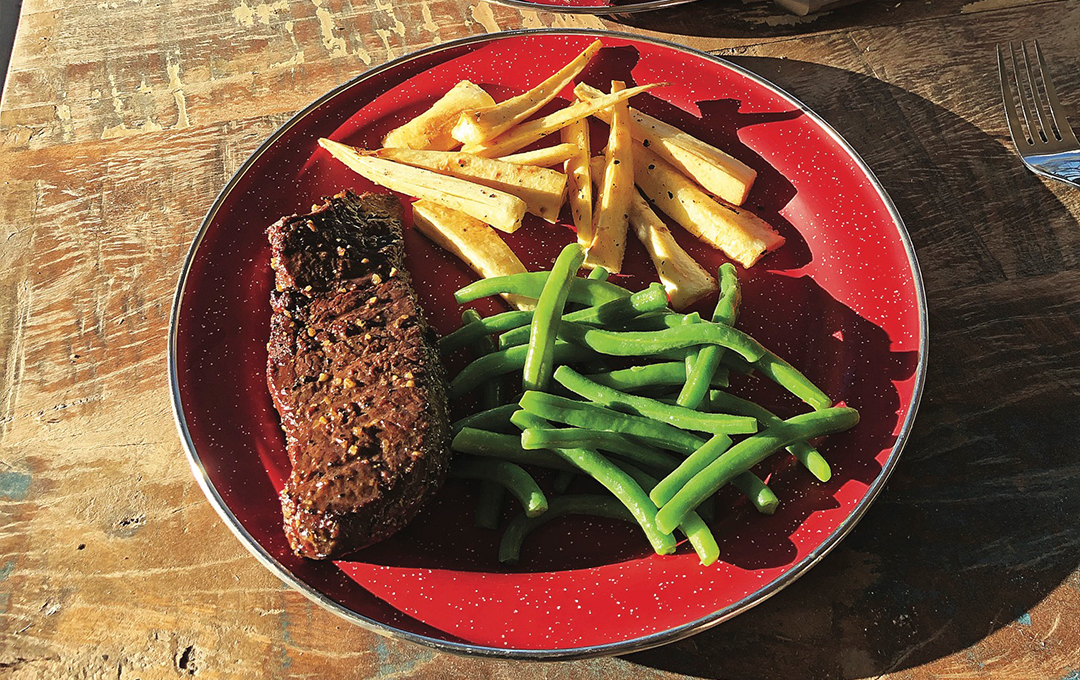
Resources:
Cooperative Extension Service: include your county and search for it online. They will have pages of information specific to your area.
Baker Creek Heirloom Seeds: The typical seed rack at your local hardware store will have only a few options for each plant. Baker Creek specializes in varieties that do not have enough demand for the major seed companies to produce. For example, they offer 21 varieties of radishes, 29 varieties of carrots, and 37 varieties of lettuce.
PlanetNatural.com: This website has some great tips for sustainable gardening practices as well as useful gear.


